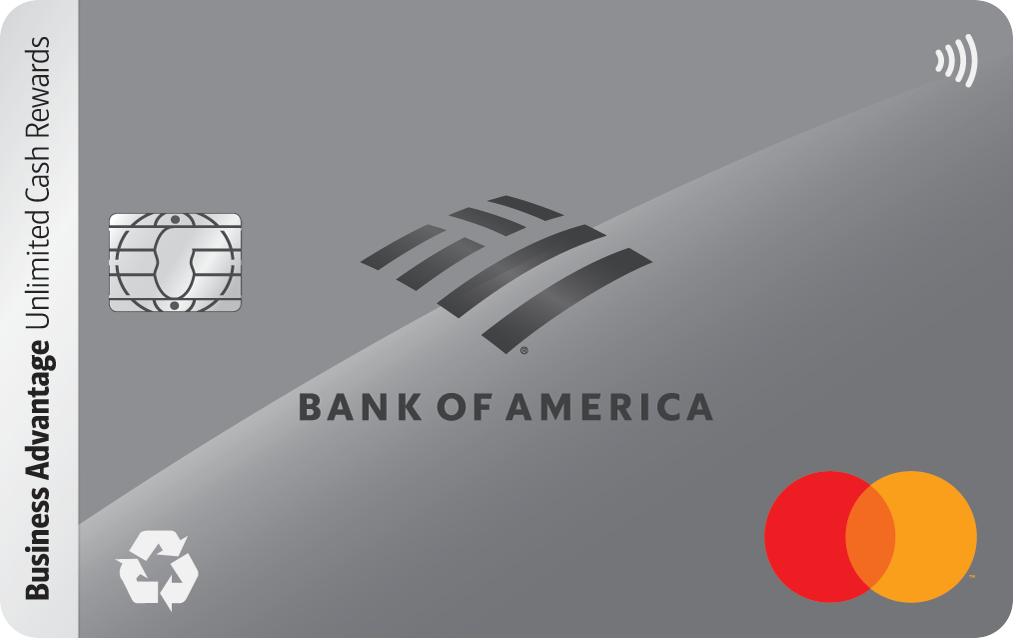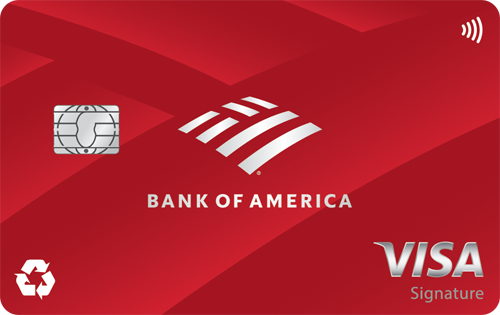5 Tax-Savvy Ways to Invest for Retirement

Image source: Getty Images
Saving for retirement isn't always the most exciting thing to think about. But you know what is exciting? Finding legal ways to pay less in taxes. That's why I'm such a fan of tax-friendly accounts.
The "trick" is to just work smarter with the tools already out there. From IRAs to HSAs and even annuities, there are plenty of options that can cut your tax bill and give your future self more spending money.
1. Traditional and Roth IRAs
The classic move for retirement saving is still one of the smartest.
- With a traditional IRA, your contributions are often tax-deductible. That means you lower your taxable income today, but you'll pay taxes later when you withdraw the money in retirement.
- With a Roth IRA, it's the opposite: You don't get a tax break upfront, but your money grows tax-free, and qualified withdrawals in retirement aren't taxed at all.
If you're not sure which is better for you, think about whether you expect to be in a higher or lower tax bracket in retirement. A mix of both accounts can give you flexibility.
2. Health savings accounts (HSAs)
An HSA isn't just for medical expenses; it's one of the best-kept secrets in retirement planning.
Here's why: It's the only account that gives you a triple tax break. Contributions are tax-deductible, growth is tax-free, and withdrawals for qualified medical expenses are also tax-free. Considering that healthcare costs are one of the biggest expenses in retirement, an HSA can be a powerful tool to cover those costs with tax-free money.
3. Deferred fixed annuities
Annuities often get a bad rap, but certain types can play a smart role in retirement planning, especially if you're looking to manage taxes.
With a deferred fixed annuity, your money grows tax-deferred until you start taking withdrawals. That means you don't pay taxes on the gains year by year, which allows your balance to compound faster. Later, you can choose how to structure withdrawals to help smooth out taxable income in retirement.
It's not a one-size-fits-all product, but for people who want stable growth without annual tax headaches, it's worth a look.
4. Employer-sponsored retirement plans
If your employer offers a 401(k), 403(b), or similar plan, don't ignore it. These accounts are tax-advantaged too, and many companies will even match a portion of your contributions (free money!).
Like IRAs, you can usually choose between traditional (pre-tax contributions, taxable withdrawals) and Roth (after-tax contributions, tax-free withdrawals) options. Either way, you're cutting your tax bill at some point in the process.
5. Municipal bonds
For people who want a more conservative investment with steady income, municipal bonds can be attractive. The interest you earn is typically free from federal taxes, and if you buy bonds from your home state, the income may also be exempt from state and local taxes.
This can be especially useful if you're already maxing out your retirement accounts and want another way to generate tax-efficient income.
Why this matters
Every dollar you save in taxes is a dollar that can keep working for you. And when you stretch that out over 10, 20, or 30 years, the difference can be huge.
Take the time to check whether you're making the most of the tax-friendly tools available. Even just shifting a portion of your savings into one of these accounts can put you thousands of dollars ahead by the time you retire.
Our Research Expert



